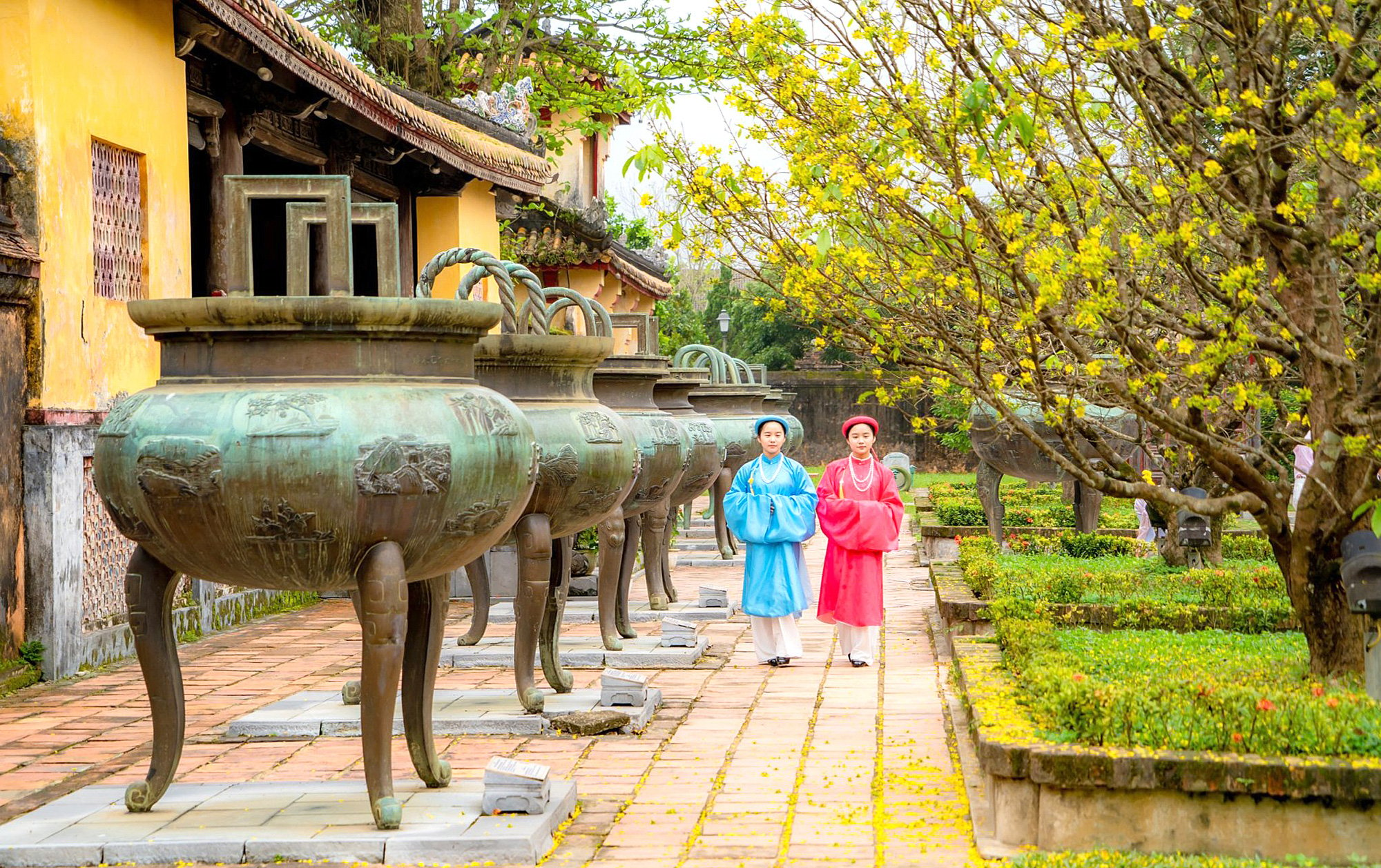
The casts on the nine cauldrons in front of The Mieu Temple are considered the pinnacle of bronze casting and fine arts in the 20th century - Photo: NGUYEN PHUC BAO MINH
The cast plates on the nine cauldrons in the Hue Imperial Palace have just been recognized by UNESCO as a world documentary heritage. This is the 10th documentary heritage of Vietnam and the 8th world heritage in Thua Thien Hue.
The pinnacle of bronze casting art
The nine bronze cauldrons were cast by Emperor Minh Mang from 1835-1837. After completion, they were placed in the courtyard of The Mieu, inside the Hue Imperial Palace, and remain intact to this day.
The bronze peak is very large, averaging 2.3m high and weighing from 1.9 to 2.6 tons.
On the top are embossed the name, year of casting, weight and 17 symbolic images of mountains, rivers, products, plants, flowers and typical products made by humans.
Dr. Huynh Thi Anh Van, former director of the Hue Royal Antiquities Museum, said that to cast each cauldron, 60 bronze furnaces had to be used together, each furnace could only melt 30-40kg of bronze.
The reliefs on the body of the censer are modeled, molded in advance and cast in one piece. This work requires the concentration of many workers and skilled teams.
Mr. P. Chovet, principal of Hue Polytechnic School (now Hue Industrial College) in the early 20th century, praised the nine cauldrons in the book BAVH as follows:
"The way the molds are built is very good, proving that in this field the Annamese foundries have reached a level of skill equal to that of European foundries."
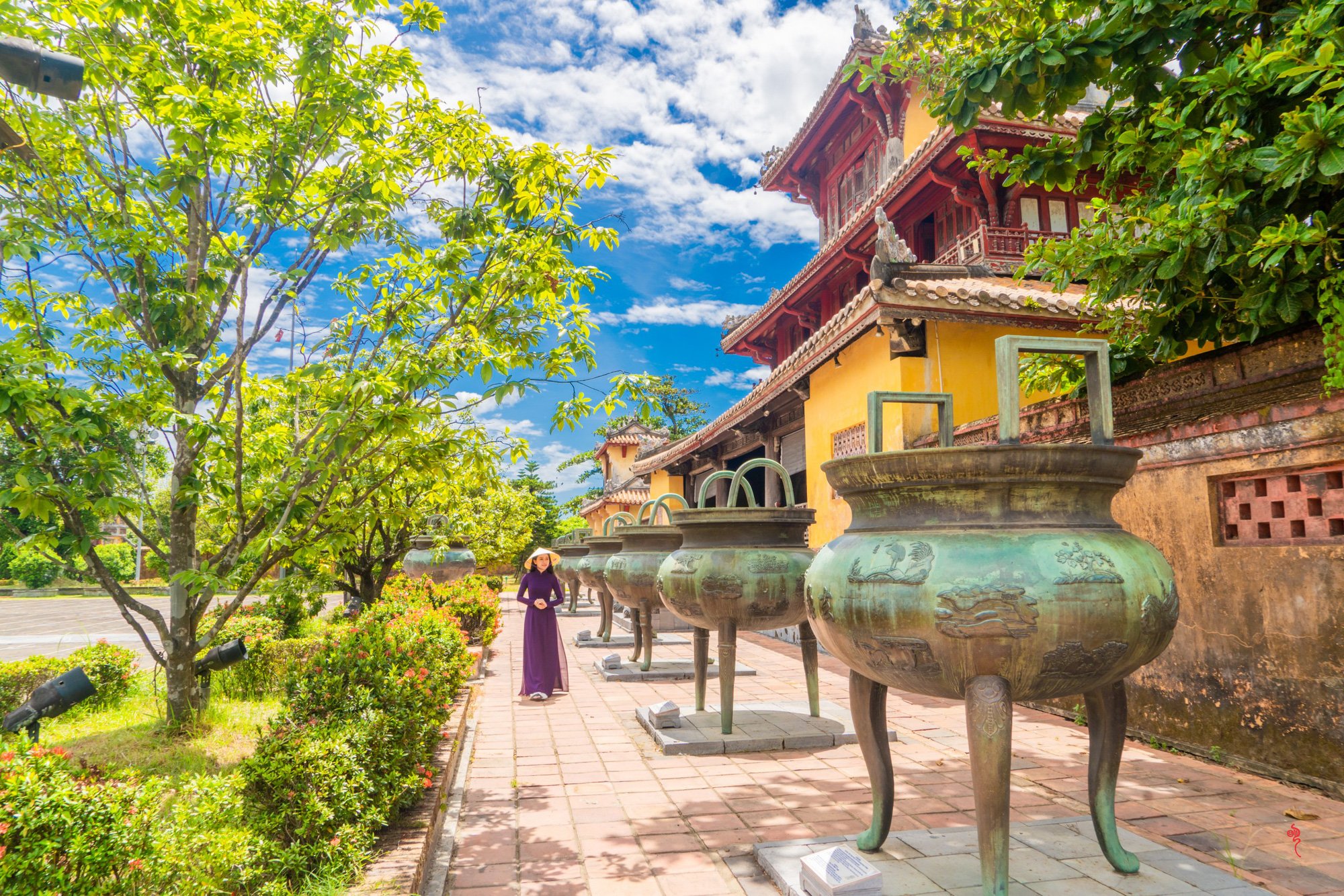
Nine urns in front of The Mieu Temple yard - Photo: NGUYEN PHUC BAO MINH
"Geography" in visual language
According to Ms. Huynh Thi Anh Van, with the meaning "Chu cuu ding di tuong thanh cong" (casting nine cauldrons to represent success) representing the longevity of the dynasty, the images chosen to be shown on the nine cauldrons can also be considered a living encyclopedia about Vietnam at that time.
In addition to the image of the dragon on the top, other peaks have symbolic images of supernatural forces in the universe that influence human life such as the sun, moon, clouds, wind, thunder, lightning...
On the nine cauldrons, there are also places, mountains, and rivers related to the Nguyen Dynasty such as Thien Ton Mountain (the homeland of the Nguyen family), Huong River, Ngu Mountain, Ben Nghe River, Tien River, Hau River, etc.
Images of plants, animals and products such as rice, beans, fish, tigers, ironwood, sandalwood, agarwood... are also delicately cast on the nine cauldrons, representing the prosperous resources of the country.
Dr. Phan Thanh Hai, Director of the Department of Culture and Sports of Thua Thien Hue province, said that the nine cauldrons can be considered an exhibition collection of very delicate works of art by talented artisans, symbolizing the richness and unity of Vietnam.
According to Mr. Hai, the 162 images on the nine cauldrons are 162 independent, complete carvings, skillfully combining the art of bronze casting and embossing of Vietnam, between folk culture and scholarly culture.
When depicting the images on the nine cauldrons, the artisan broke away from a fixed perspective, not depending on the natural state of the objects, nor on their size ratios, but instead created them by rearranging them to fit an equal area on the cauldron's surface.
"The images on the nine cauldrons can be seen as a set of "geographical records" recorded in the visual language of our country in the 19th century. Although not many, they are typical and very comprehensive," said Mr. Hai.
According to Mr. Hai, it can be affirmed that the Nine Tripod Cauldrons is a unique and one-of-a-kind collection of artifacts not only in Vietnam but also in the whole world. The Nine Tripod Cauldrons was recognized as a national treasure in the first batch (January 1, 2012).
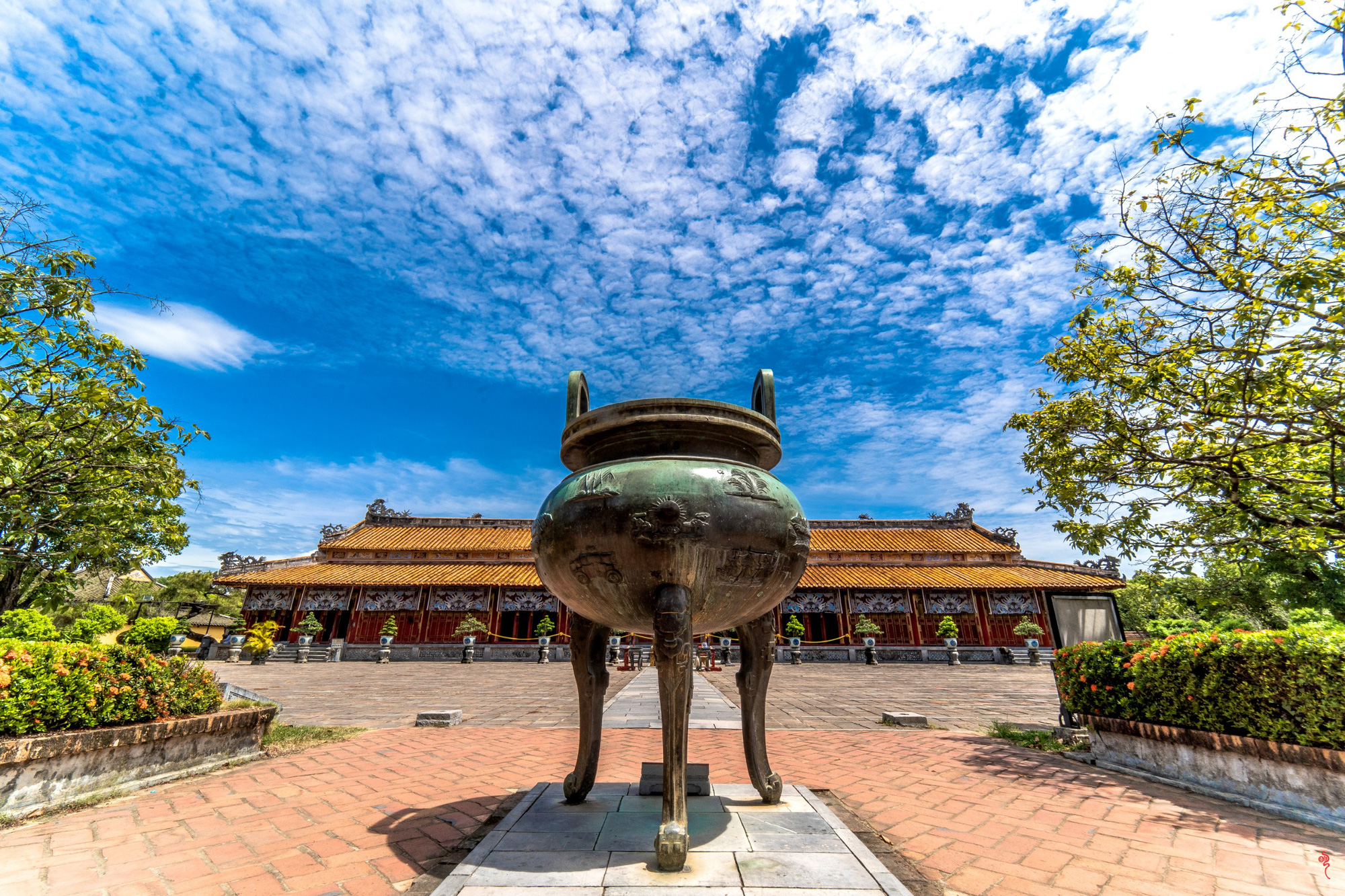
Cao Dinh - a bronze cauldron cast to worship King Gia Long placed in front of The Mieu Temple inside the royal palace - Photo: NGUYEN PHUC BAO MINH
Need more promotion
Ms. Le Thi Thu Hien, Director of the Department of Heritage, assessed this as a worthy result for Vietnam's efforts in preserving cultural heritage values in general and documentary heritage in particular.
To date, Vietnam has 10 documentary heritages recognized by UNESCO (4 world documentary heritages and 6 Asia-Pacific documentary heritages).
According to Ms. Hien, Thua Thien Hue having another UNESCO heritage listed will contribute to promoting its potential, attracting tourism, international cooperation, and contributing to the sustainable development of the locality.
This is also the practical basis for the Ministry of Culture, Sports and Tourism to propose that documentary heritage become a new chapter in the Law on Cultural Heritage (amended).
According to Mr. Nguyen Xuan Hoa, Thua Thien Hue needs to promote and introduce the image of the nine cauldrons more widely, with more symbols and highlights so that tourists can fully understand the meanings of this treasure:
"For a long time, tourists visiting The Mieu Temple have only glanced at the nine cauldrons, leaving little information about this treasure. Therefore, there needs to be a strategy, promotion, and guidance method to help tourists better understand the value of the treasure that remains to this day." NHAT LINH
Cultural researcher Nguyen Xuan Hoa said that the system of cast plates on the nine cauldrons in Hue is not only a documentary heritage reflecting a prosperous era of Vietnam under the reign of King Minh Mang, but more importantly, it also demonstrates cultural and political autonomy, on par with the Qing Dynasty in China at that time.
10 bronze cauldrons of King Nguyen Phuc Tan's time
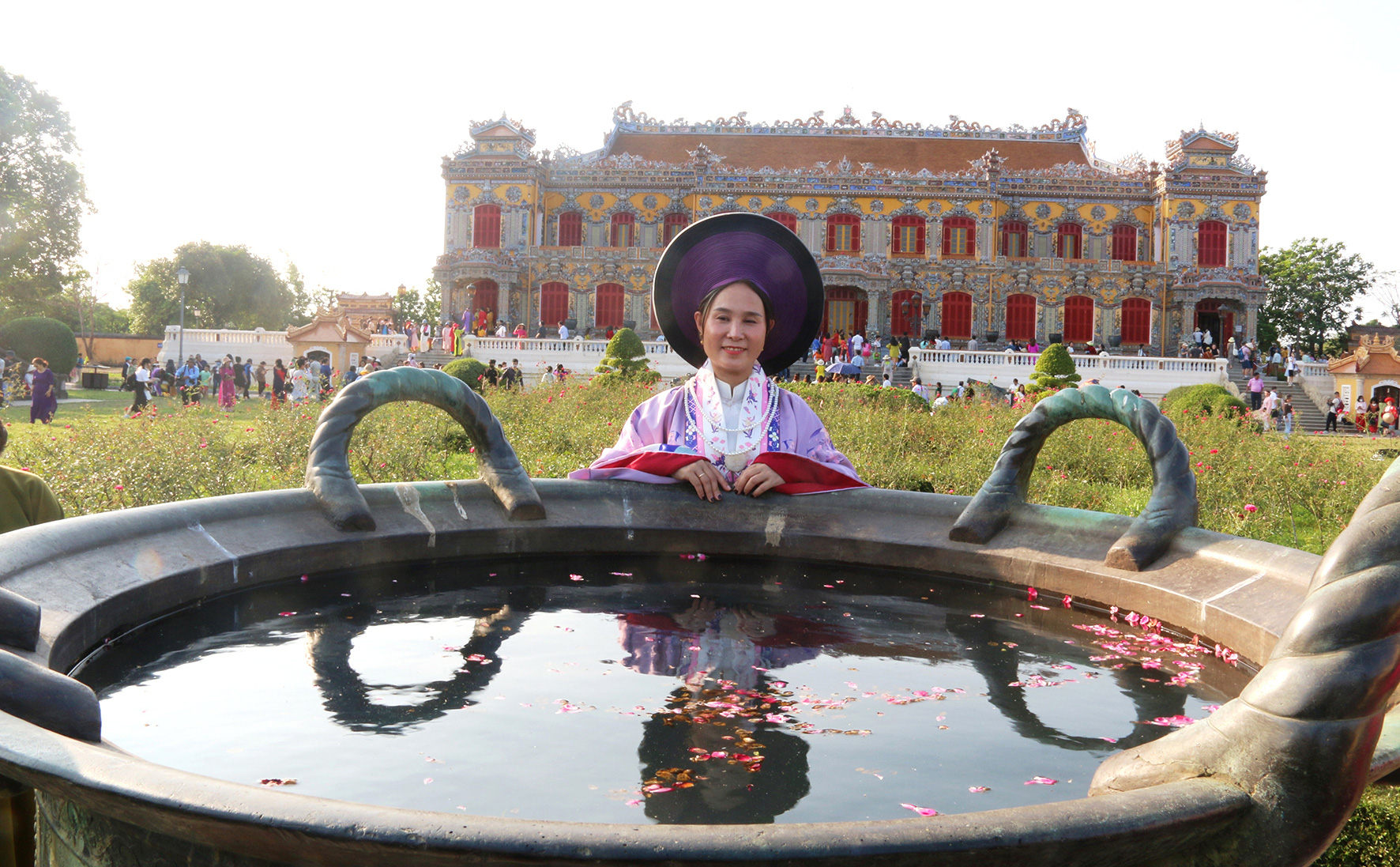
The bronze cauldron from the Nguyen Dynasty is now placed in front of Kien Trung Palace - Photo: NHAT LINH
Hue Citadel still preserves 10 bronze cauldrons cast during the reign of King Nguyen Phuc Tan, symbolizing the strength and longevity of the Dang Trong government.
Researcher Nguyen Xuan Hoa said that these 10 bronze cauldrons are also treasures. Mr. Hoa commented that although the bronze cauldrons were cast under the guidance of Westerners, they still retain their characteristics through traditional Vietnamese decorative motifs such as dragons, trees, flowers, and leaves.
These 10 bronze cauldrons are scattered in many places inside Hue Citadel such as Kien Trung Palace yard, Long An Palace yard, Can Chanh Palace yard...
Source: https://tuoitre.vn/ban-duc-tren-cuu-dinh-hue-la-doc-dao-va-duy-nhat-20240510092457956.htm


![[Photo] General Secretary To Lam attends conference to meet voters in Hanoi city](https://vstatic.vietnam.vn/vietnam/resource/IMAGE/2025/4/17/889ce3da77e04ccdb753878da71ded24)
![[Photo] President Luong Cuong receives Kenyan Defense Minister Soipan Tuya](https://vstatic.vietnam.vn/vietnam/resource/IMAGE/2025/4/17/0e7a5185e8144d73af91e67e03567f41)
![[Photo] Prime Minister Pham Minh Chinh and Ethiopian Prime Minister visit Tran Quoc Pagoda](https://vstatic.vietnam.vn/vietnam/resource/IMAGE/2025/4/17/18ba6e1e73f94a618f5b5e9c1bd364a8)
![[Photo] Hundred-year-old pine trees – an attractive destination for tourists in Gia Lai](https://vstatic.vietnam.vn/vietnam/resource/IMAGE/2025/4/17/25a0b7b629294f3f89350e263863d6a3)
![[Photo] President Luong Cuong receives UN Deputy Secretary General Amina J.Mohammed](https://vstatic.vietnam.vn/vietnam/resource/IMAGE/2025/4/17/72781800ee294eeb8df59db53e80159f)
![[Photo] President Luong Cuong receives Lao Prime Minister Sonexay Siphandone](https://vstatic.vietnam.vn/vietnam/resource/IMAGE/2025/4/17/337e313bae4b4961890fdf834d3fcdd5)
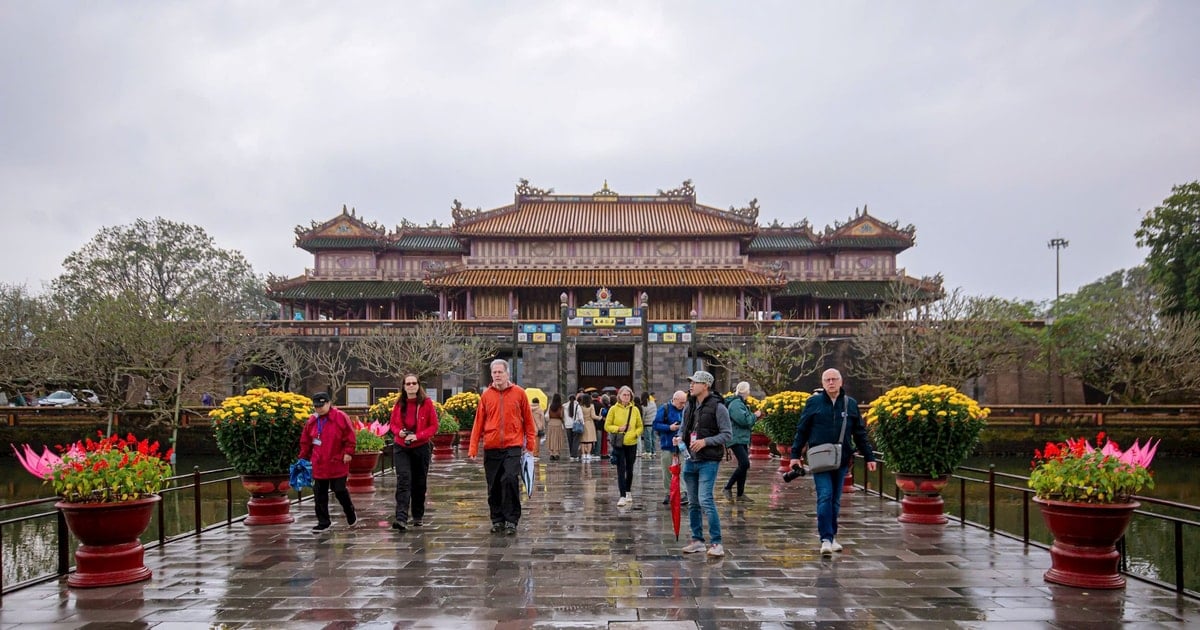

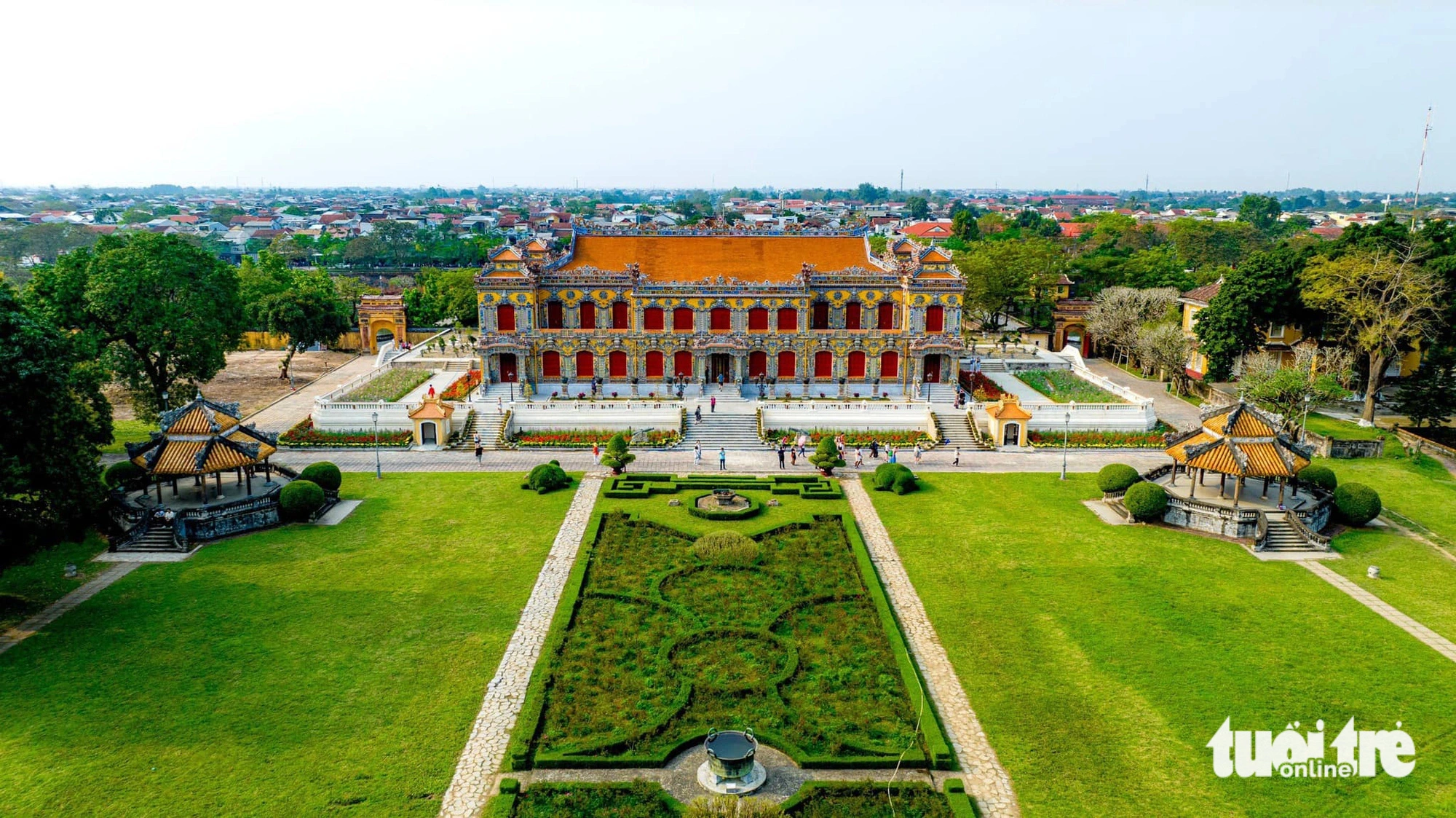
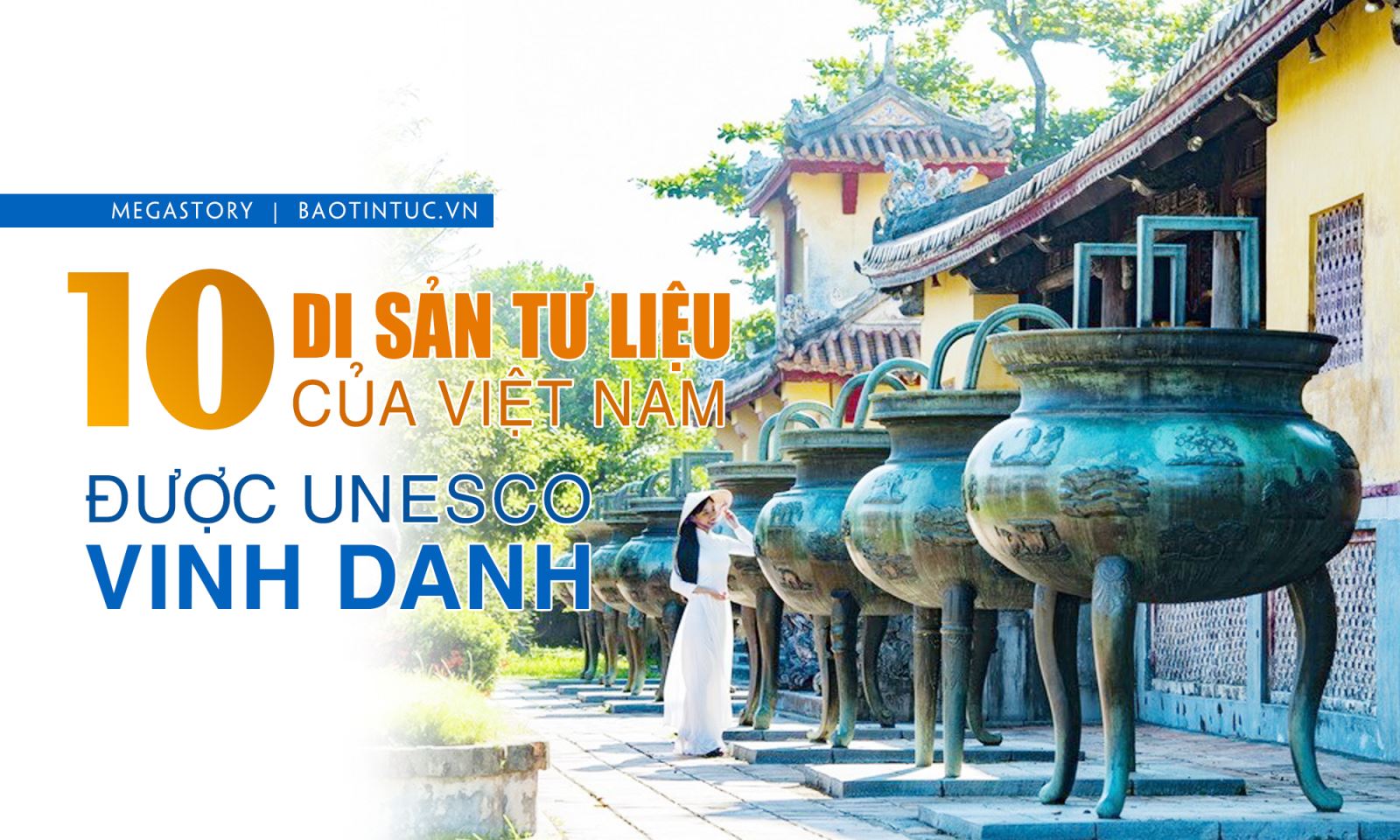

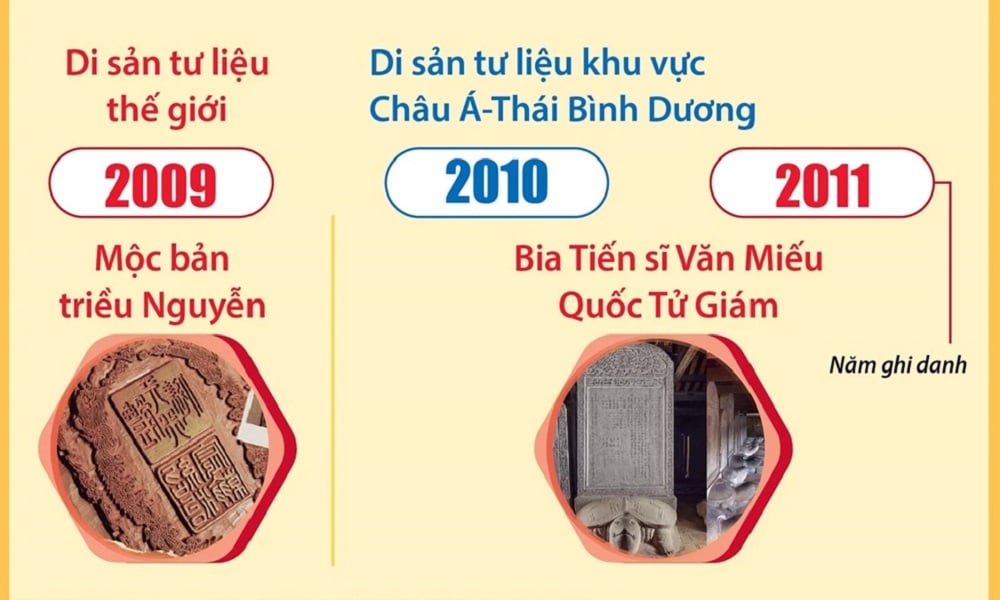




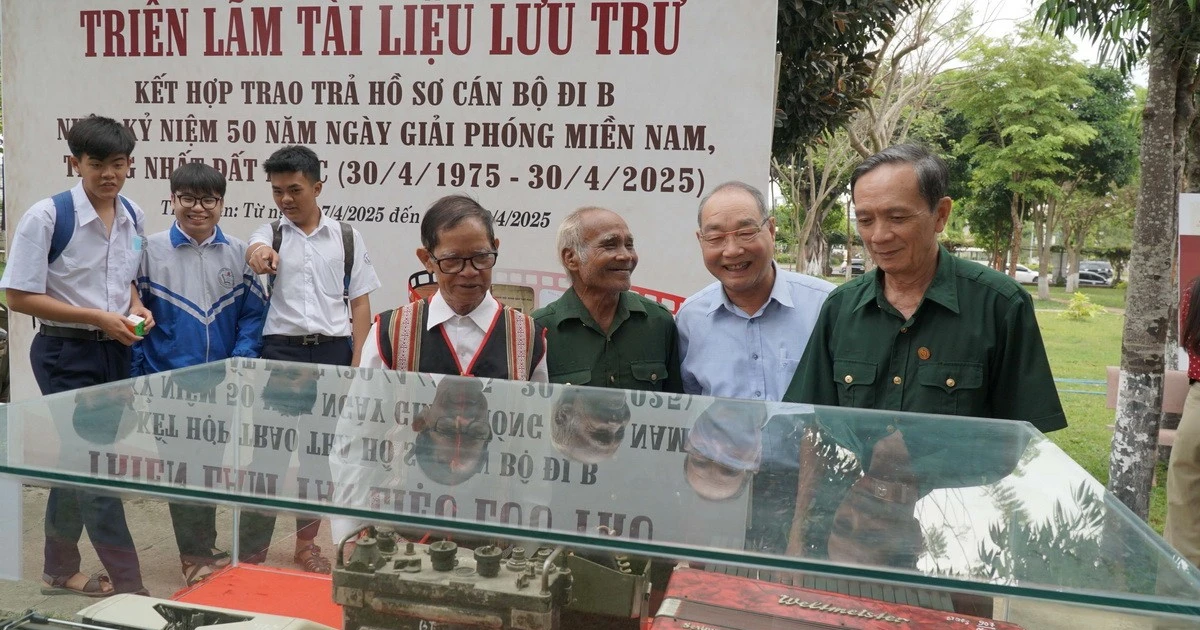
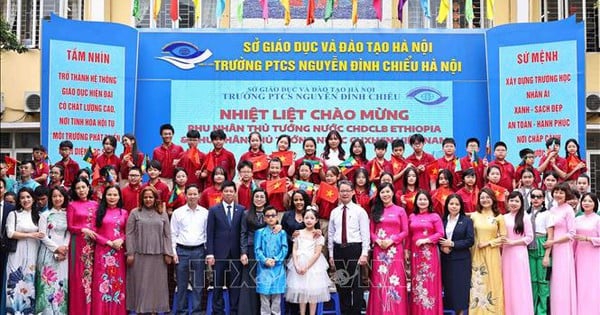

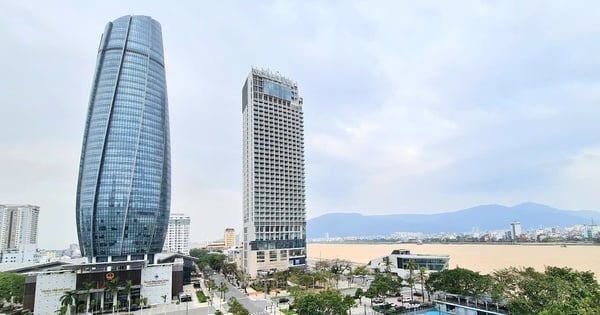

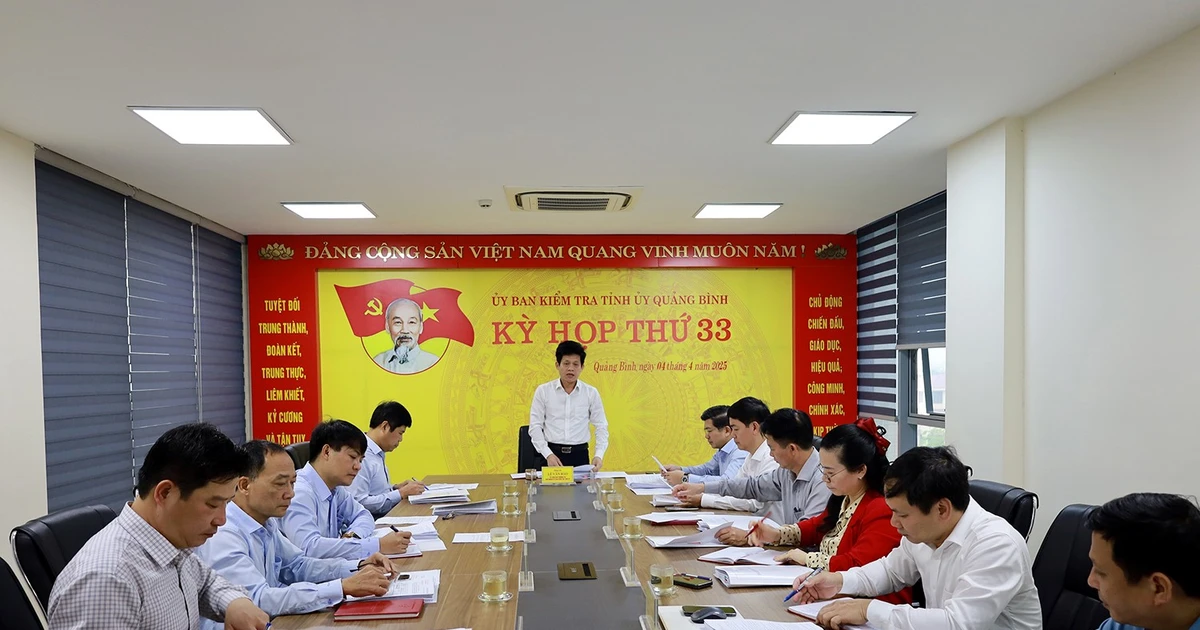





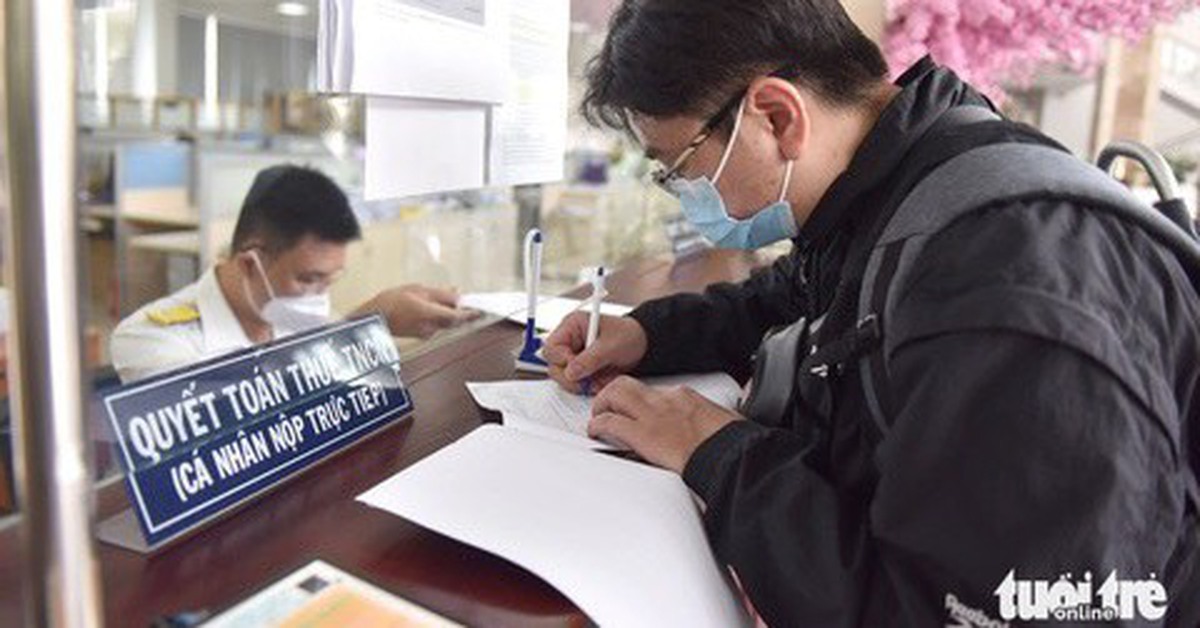



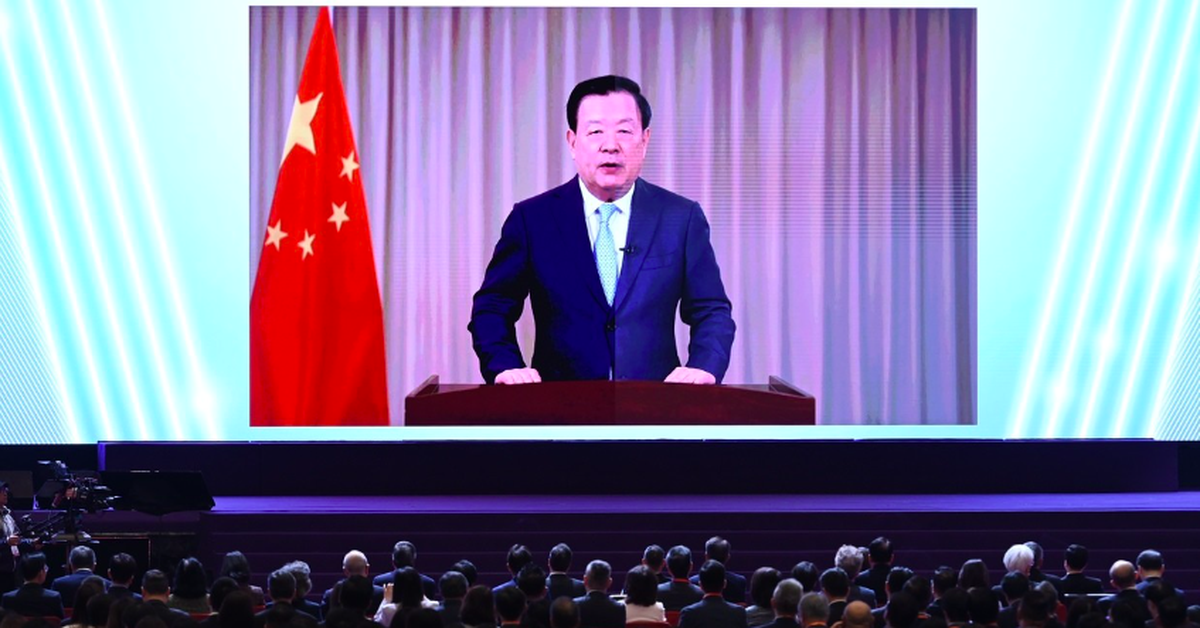
![[Photo] Warm meeting between the two First Ladies of the Prime Ministers of Vietnam and Ethiopia with visually impaired students of Nguyen Dinh Chieu School](https://vstatic.vietnam.vn/vietnam/resource/IMAGE/2025/4/17/b1a43ba73eb94fea89034e458154f7ae)







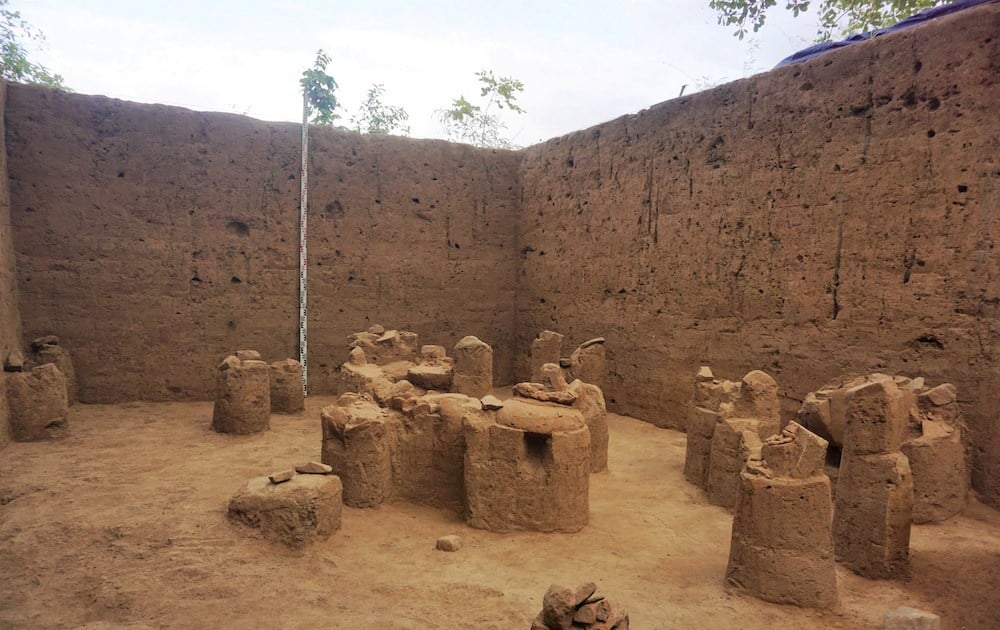








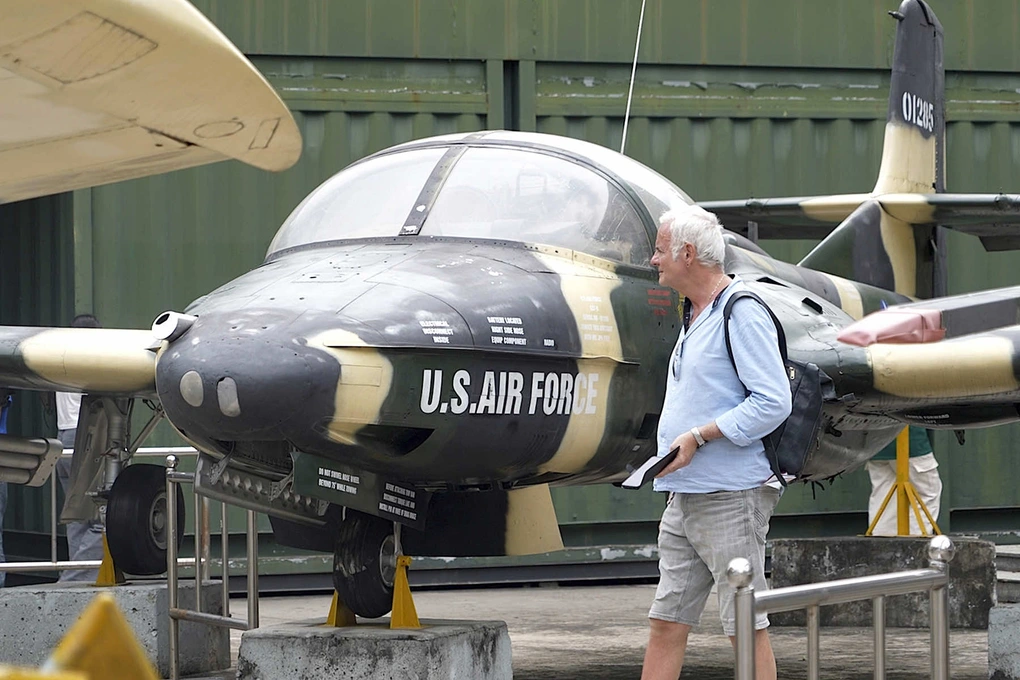
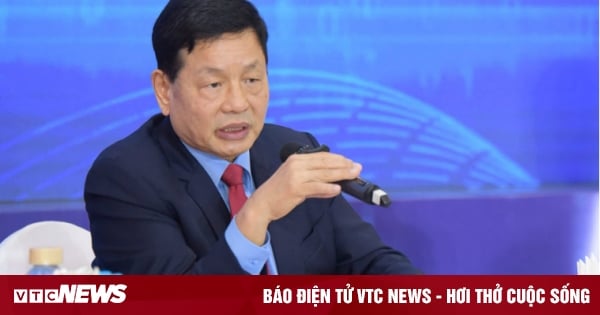





![[Video] Viettel officially puts into operation the largest submarine optical cable line in Vietnam](https://vstatic.vietnam.vn/vietnam/resource/IMAGE/2025/4/17/f19008c6010c4a538cc422cb791ca0a1)
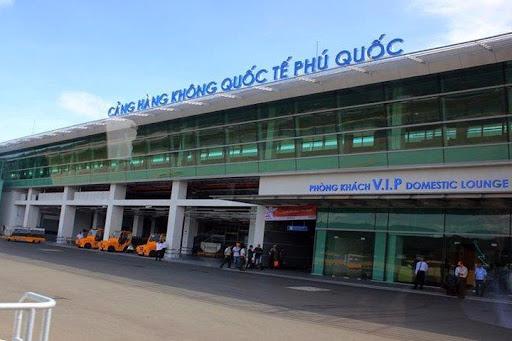



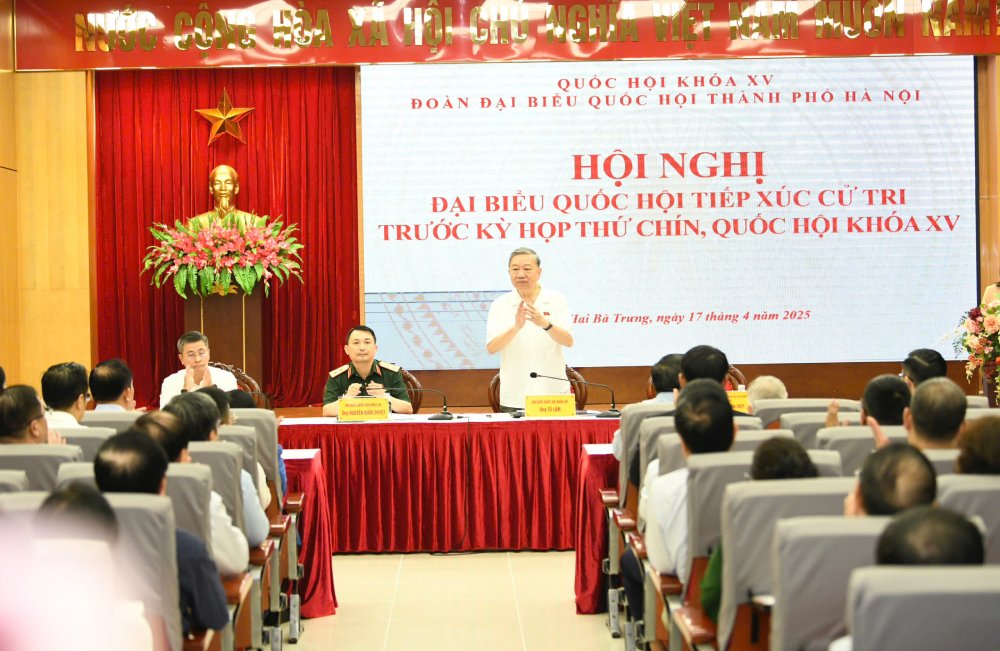




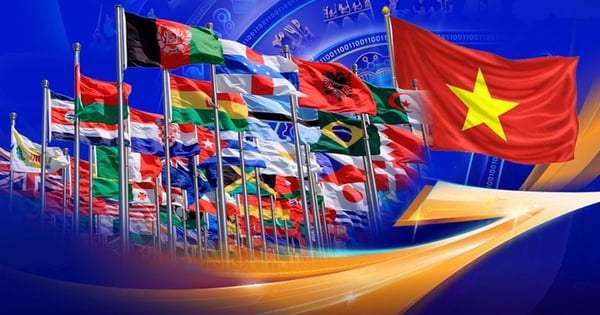
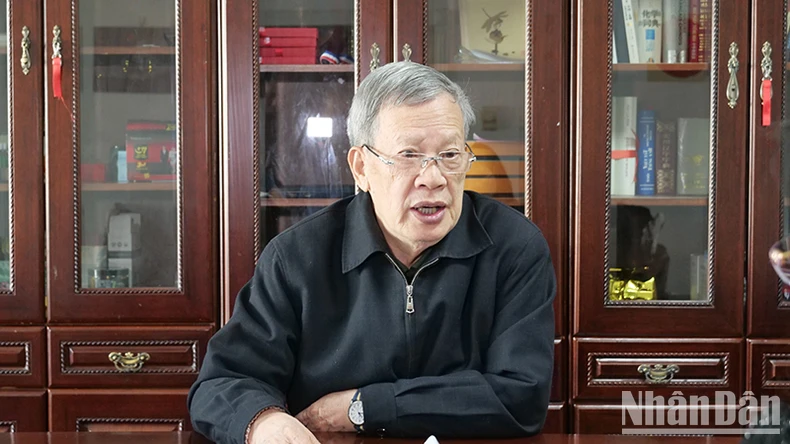

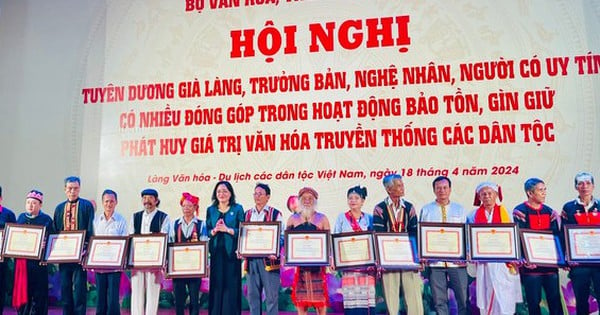

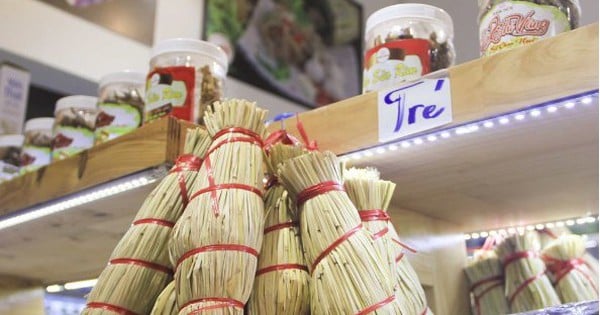
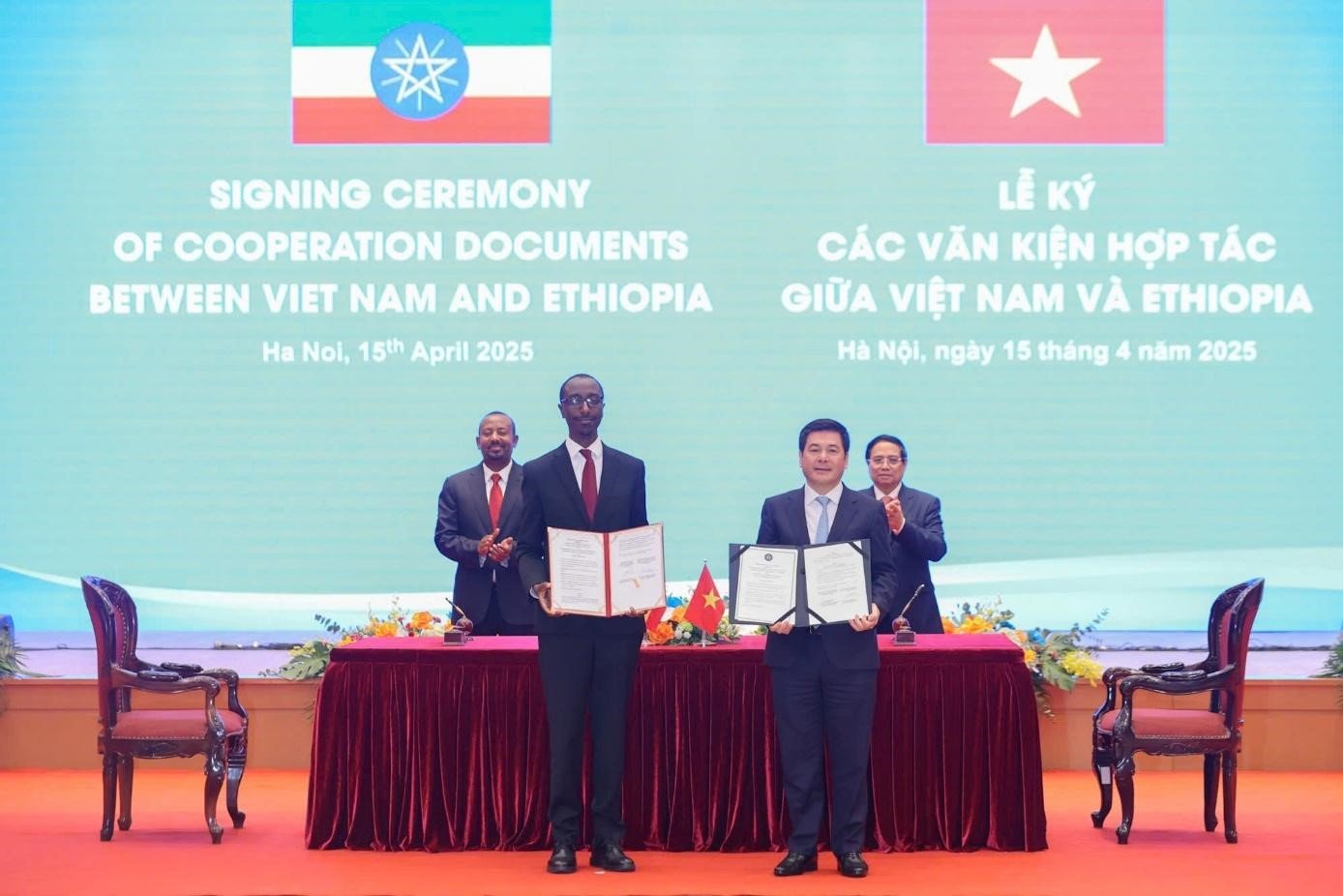

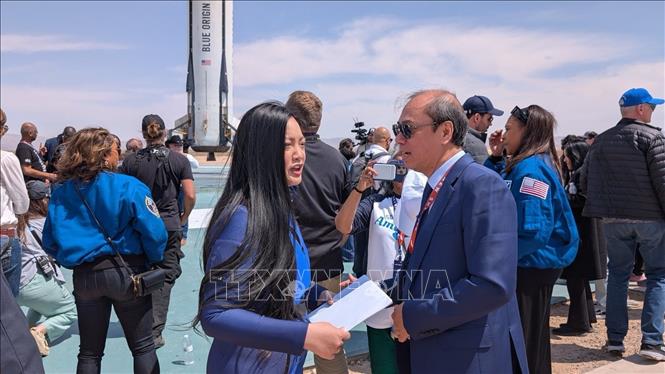

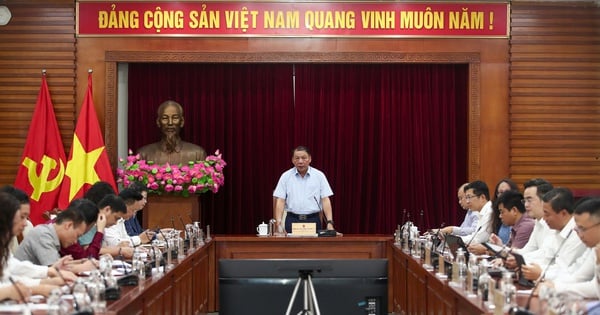

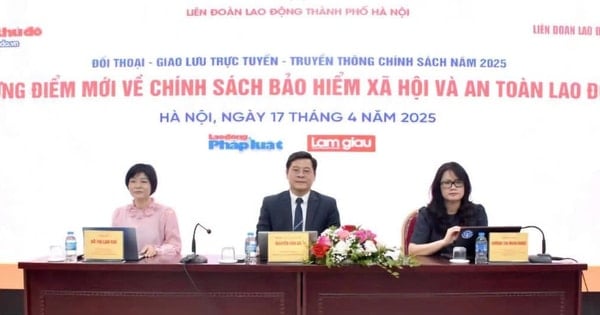

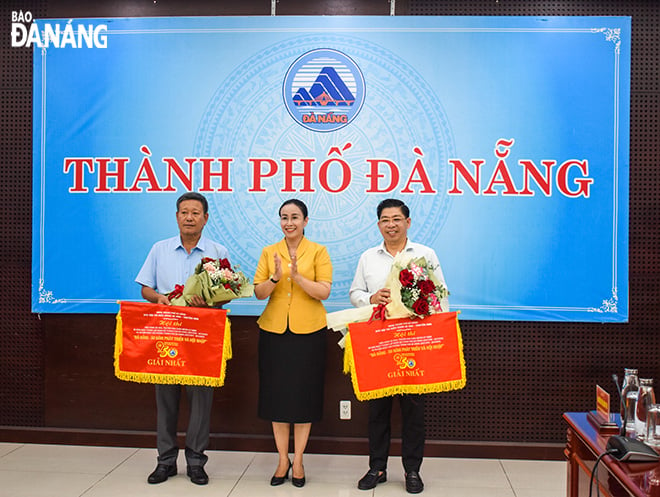

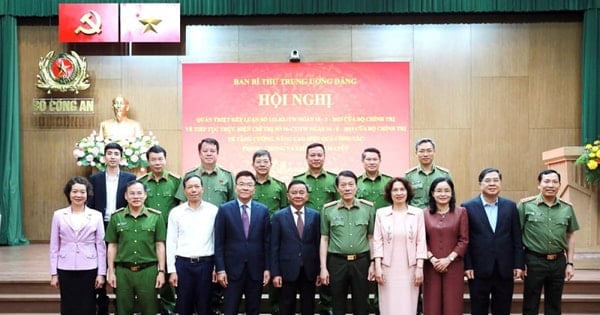
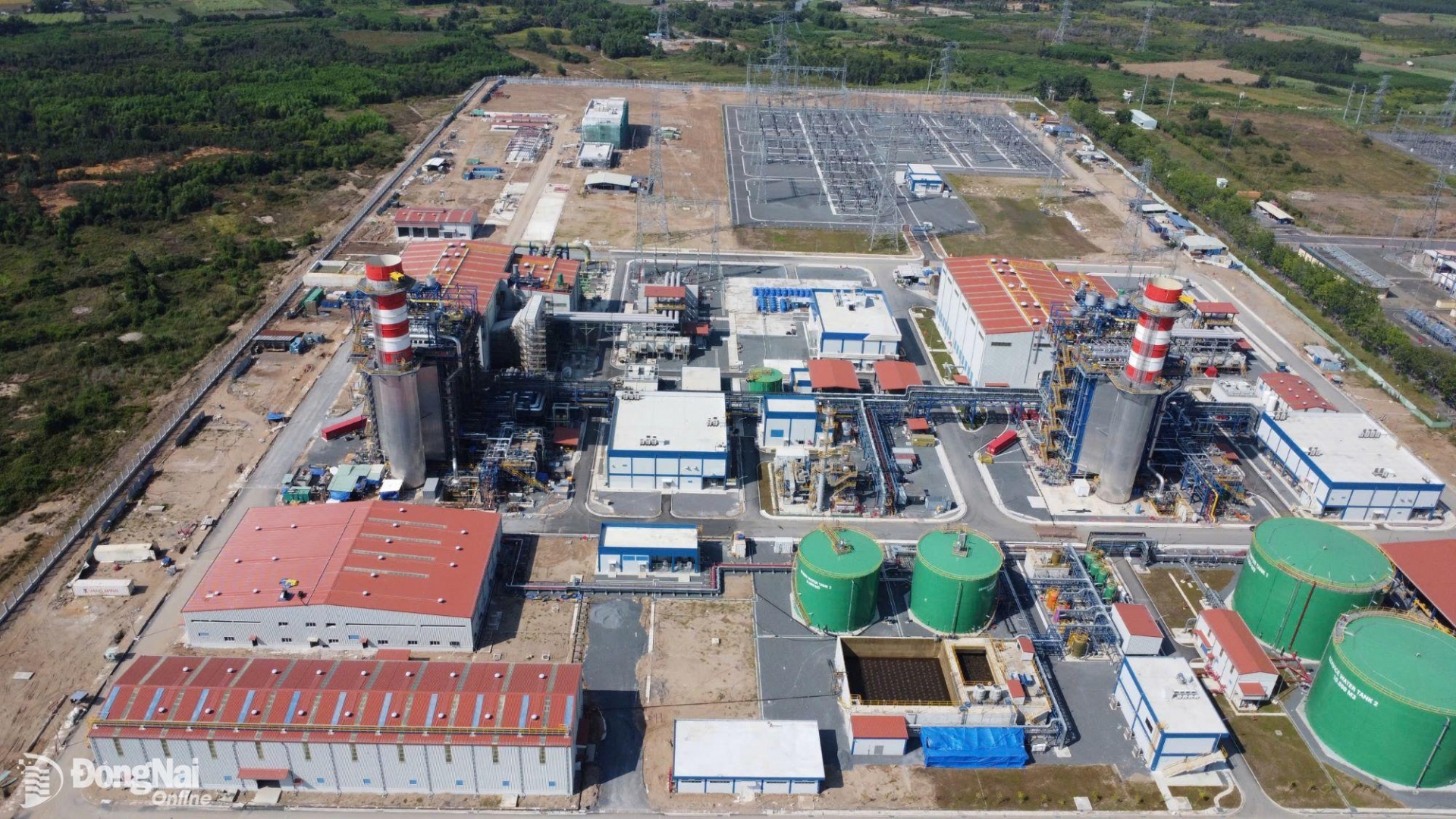

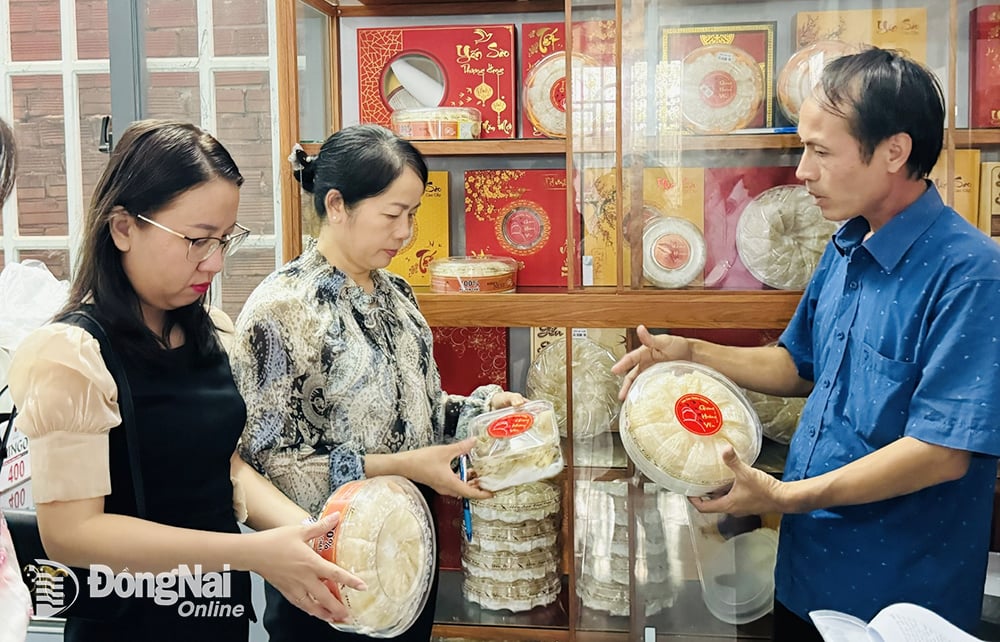
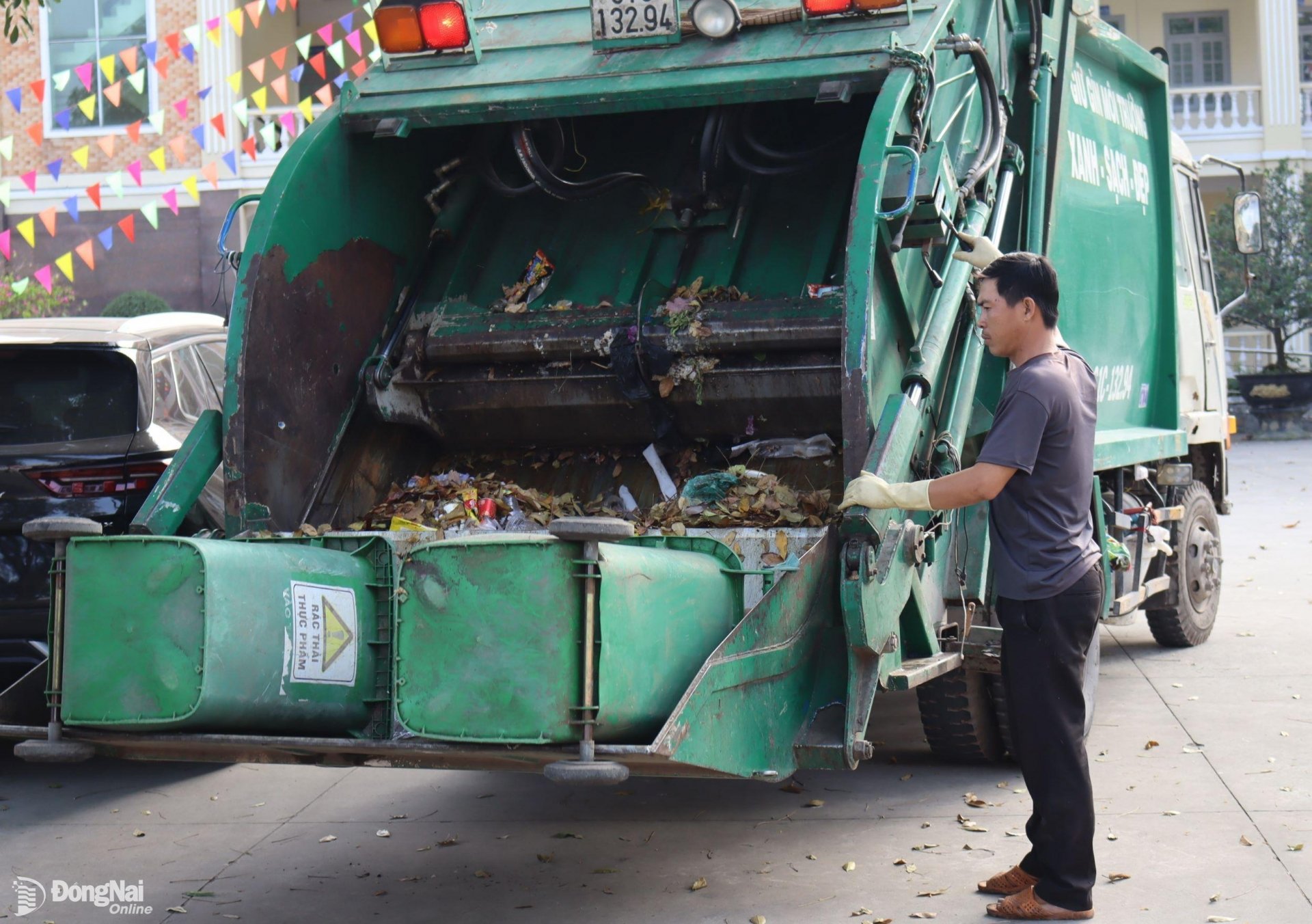










Comment (0)